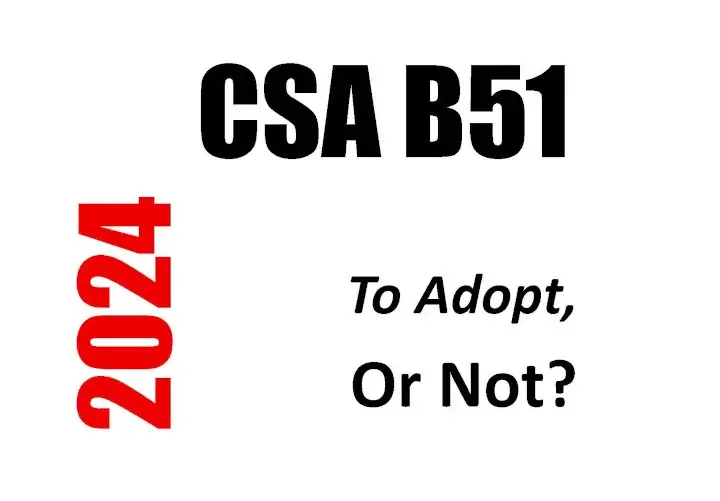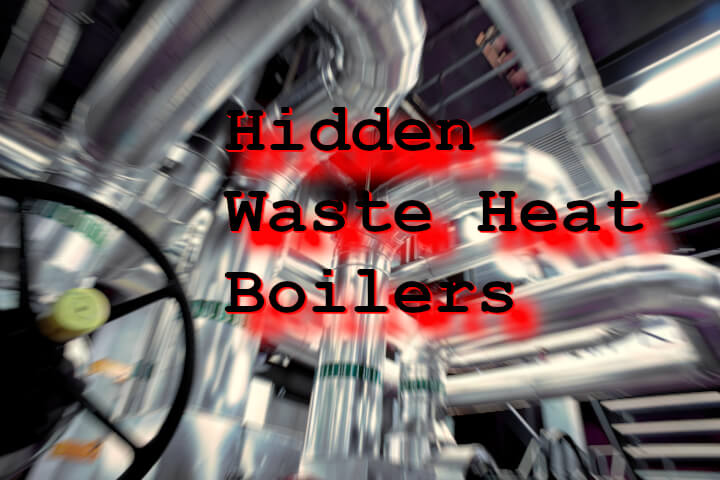The biggest CRN number cost might surprise you. Marketing and operation delays, your internal discussions about CRN requirements, and your mistakes about what CRN number requirements are could easily end up costing much more than what a proper CRN registration application and associated regulator costs should be. Regulators’ bills aren’t likely the biggest thing; your potential internal costs, operational delays, and rework likely are. The regulator will charge as little as about $175CAD per hour or much, much more. Poorly prepared applications for CRN registration will be either rejected, subjected to a very lengthy iterative review, or both.
Responsibility for CRN registration, CRN application quality, and CRN number cost rests with the owner.
Well prepared, professional quality CRN applications will often take a regulator about two to three hours to review on average and this equates to regulator fees of about $750CAD subject to complexity or so. But regulators have many, many applications to review and it might well take a few weeks for an application to reach the top of their pile unless extra expediting fees are paid. Costs are legislated, and registrar’s rates are published (look at an example of a regulator fee schedule here), but regulators’ time can be charged on a half hourly rate if an application is very complex or large. Larger or more calculation intense applications, like a heat exchanger or firetube boiler, will take the regulator a little longer to review but if everything is in order, only a modestly larger fee can be expected for all but the most complex or large applications.
Provided that a regulator is doing their job properly, the less time it takes them to review your design, the less it costs you. They need to decide, based on their good faith, on whether your design meets all related code and regulation requirements or not. This means that they cannot properly register something with a CRN number that they do not honestly believe meets the requirements.
Proper preparation of a CRN application is key to reducing costs, in the immediate term and also in the long term. You want an application to get a CRN registration number, and you don’t want it to be registered by mistake.
Regulators are NOT responsible for your CRN design or CRN number cost.
Poorly prepared CRN applications, that consist basically of a pile of unorganized and unreferenced documents, non-compliant designs, catalogues, drawings, etc., used to be entertained by regulators while the applicant provided corrections in response to regulator questions and demands. But sorting through such an application would take a regulator longer to evaluate and, as a result, CRN number cost would thereby increase, and refusals are now a real option. Applicants that rely on the regulator to check their application, to perform the applicant’s quality control, i.e. to do the applicant’s work, are more likely to get a shocking surprise – a bill and no registration! Poor quality applications would result in wasted application and evaluation fees, sometimes higher costs, registration applications that are rejected, and poor relationships with regulators.
Realizing at the outset that you are responsible for your pressure equipment design will save you money in the near term and long run.
Improper CRN Number Registration is Most Expensive.
Worse yet – if a design is mistakenly registered by a regulator through miscommunication or otherwise, then reactively correcting a mistake once discovered or revealed can obviously be colossally more expensive in terms of your overall CRN number cost, your reputation and operational delays than what the cost for a proper design application preparation would have been in the first place. Responsibility for CRN registration rests with the pressure equipment owner (end user, seller, distributor, manufacturer, designer, applicant etc.), and recalling or replacing a design that is already distributed and in use can be very expensive. Proper review and checking before an application for CRN registration is submitted should be welcomed, not criticized.
Avoiding a design that is improperly registered with a CRN, marketed, sold, and or installed is probably the single most important thing that you can do to lessen your costs in the future.
Reduce CRN number cost by minimizing CRN application delays and mistakes.
Before an application for registration is submitted, ensure that your application for registration contains the required information, that the information it contains is correct, that it is well organized with intra-referenced controlled documentation that is numbered and with revisions, and that the design meets or exceeds all required regulatory, code and standard requirements. In general, Canadian regulators need enough design detail to construct the pressure equipment of interest as if they wanted to, but superfluous unnecessary information is unhelpful.
CRN applications should be justified, organized, concise, and to the point.
For More Information about CRN numbers.
Please check out our blog.




